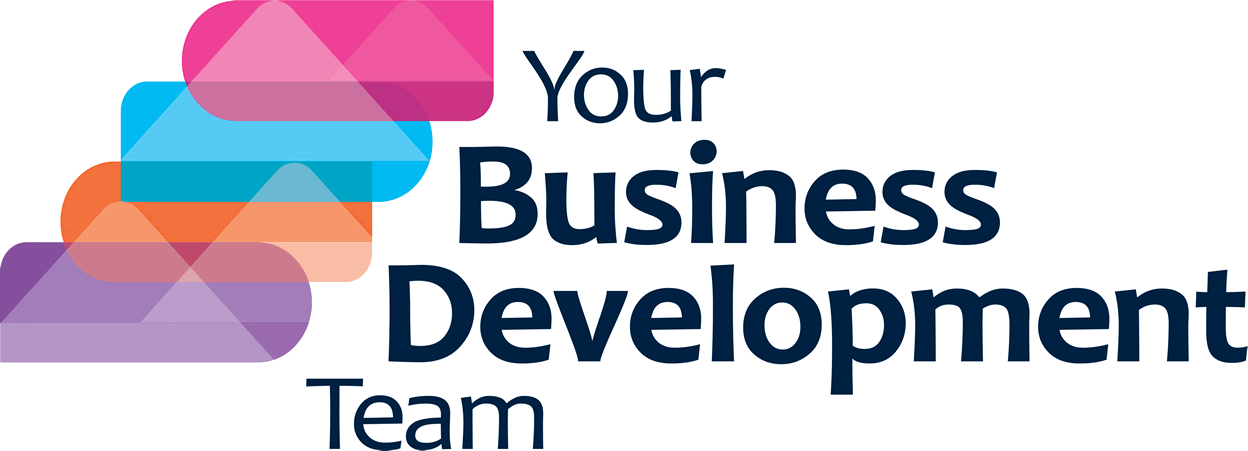In March we looked at some of the key drivers for sales performance where we made some suggestions in terms of guiding your thinking whilst selling to a changed market place. This month we are looking at improving your sales conversion by breaking down the points you need to address into manageable chunks. This will make it easier to understand what support you need to progress in the new business world we are all operating in.
Focus: This builds on the “understanding” section of our previous piece. “Are we talking to the right people in the right organisations about the right things?” In 2021 we need to relearn everything about our potential clients. What we knew a year ago will not help us now. They are different, we are different. Focusing in on what is important to customers now will help you establish relationships with people who maybe were not on your radar in the old world.
Time: The one resource you can’t buy more of. As John H. Dean, Vice President at the Bank of America says; ‘just one hour a day used more productively adds up to more than six extra weeks of productive time a year’. By measuring every activity against its importance to your business goals, you can make every minute profitable. As we said in March, the first place to look are those goals themselves. Are they fit for purpose in 2021?
Ask, listen, and act: John H Dean explains it perfectly: ‘Better than any others, these three words summarise success in sales’. Making your questions relevant, and direct, listening to the responses and taking appropriate action are critical to converting potential to actual orders.
Ask, listen and act is also a good summary of how Your Business Development Team can support you. By helping you refine your goals through our business development strategy we can understand the right questions to ask your prospects. Listening to the answers perfects the nurturing and follow up process. Acting upon what we learn from each engagement with your potential clients enhances our delivery of your message to the people you need to buy from you.
The American general Creighton Abrams is credited with the rather dubious quote that the best way to eat an elephant is one bite at a time. While we certainly wouldn’t suggest this as a dining choice, the principle of taking a large problem and tackling it one piece at a time is sound business practice. Working with Your Business Development Team allows you to draw the resources you need from our team of professionals to solve the lead generation, sales nurturing, and conversion issues that are holding your business back. To learn more about how we can help get in touch.










